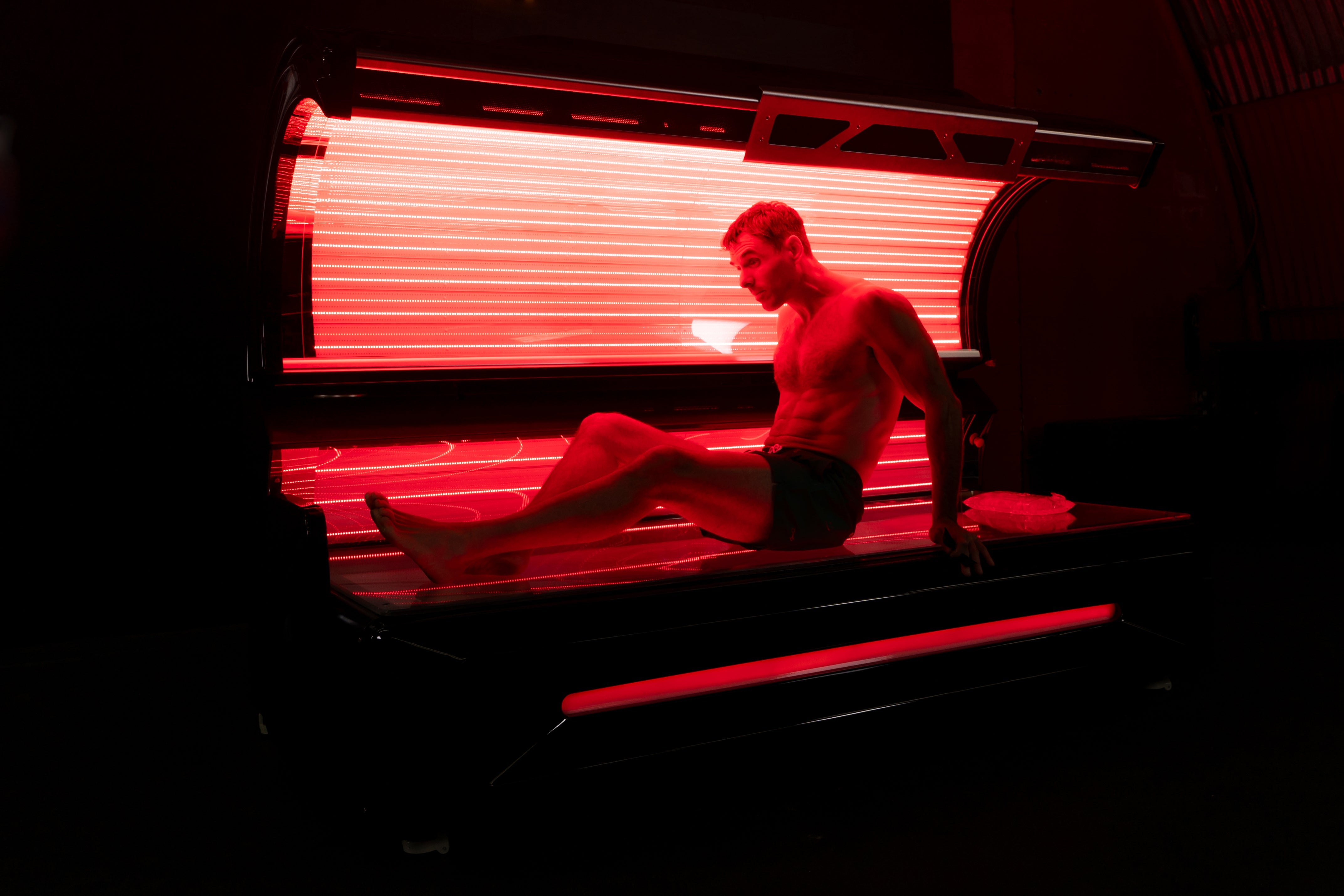Red Light Therapy at Home sounds dreamy—glow up while lying down? Yes, please. But here’s the short answer: it’s not all shine and sparkle. From Red Light Therapy Panels to Beds, improper use can backfire. Read on for the side effects, surprises, and safety tips no one tells you.

The Hidden Dangers and Side Effects of Red Light Therapy
Despite being widely praised, red light therapy (RLT) isn’t completely risk-free. While many people report glowing results, others experience discomfort or worsening conditions. Knowing the risks can help you make an informed decision before hopping under a glowing panel.
Potential Skin Damage
Burns, Blistering, and Lesions
Though rare, overexposure to red light—especially with high-powered panels or beds—can cause burns, redness, or even skin lesions. This typically happens when devices are used too close or for too long. Poorly made at-home devices increase this risk.
Hyperpigmentation in Darker Skin Tones
Those with melanin-rich skin may notice uneven pigmentation with frequent exposure. RLT may sometimes stimulate melanin production in a patchy manner, especially when used without professional guidance.
Worsening of Light-Sensitive Conditions
People with conditions like lupus, rosacea, or photosensitivity (from medications) may find RLT irritating or harmful. Light exposure can worsen flare-ups, so extra caution is advised.
Risk of Eye Injury
The Importance of Protective Eyewear
Your eyes are sensitive to intense light wavelengths. Without proper goggles, regular RLT can lead to eye strain, irritation, or long-term damage. Whether using a small panel or full bed, protective eyewear is non-negotiable.
The Scientific and Practical Drawbacks of RLT
While the hype around RLT is massive, the science still plays catch-up. It’s essential to separate fact from influencer fiction, especially when money and skin health are on the line.
The Lack of Scientific Consensus
Limited Long-Term Research and Clinical Trials
Most studies supporting RLT benefits are small-scale or funded by device manufacturers. Long-term effects, particularly with daily or high-frequency use, aren’t well documented. We simply don’t know enough yet.
Inconsistent Results Across Different Devices and Treatments
No two devices are created equal. Power, wavelength, treatment time, and LED quality all affect results. This makes comparing or trusting user reviews difficult, especially when treatments vary wildly.
The Problem with At-Home Devices
Are At-Home Devices Truly Effective?
Many Red Light Therapy at Home devices lack the power output of clinical models. While convenient, some offer minimal benefit without consistency or enough strength to penetrate deeply.
The Risks of Misuse
Without proper guidance, it’s easy to overdo or misuse at-home RLT. Using it for too long or skipping safety instructions can lead to burns, eye damage, or zero benefit. More doesn’t always mean better.
High Costs and Lack of Insurance Coverage
The Financial Burden of Ongoing Treatment
RLT panels and beds don’t come cheap. Ongoing sessions at clinics or replacing at-home gear adds up. Since RLT isn’t typically covered by insurance, the cost can become a long-term financial strain with uncertain payoff.
Who Should Avoid Red Light Therapy?

Not everyone should jump on the glowing bandwagon. Some individuals should approach RLT with extra caution—or skip it altogether.
Contraindications and Precautions
Individuals with Photosensitive Conditions or Medications
If you’re taking medications like antibiotics, retinoids, or certain antidepressants, RLT might trigger photosensitivity. Always check with a healthcare provider before starting treatment.
People with a History of Skin or Eye Disease
Those with skin cancer history, eye conditions, or active skin infections should avoid or delay RLT. It may worsen symptoms or interfere with healing.
The Importance of Consulting a Dermatologist
Before diving into daily sessions, a chat with your GP or dermatologist is smart. They can assess your suitability, recommend a safe schedule, and help monitor side effects.
Takeaways:
-
Red Light Therapy at Home has both promise and pitfalls
-
Overuse or improper use can cause skin and eye damage
-
The science is still catching up to the claims
-
Not suitable for everyone—especially those with certain medical conditions
-
If in doubt, consult a professional before using any RLT device






